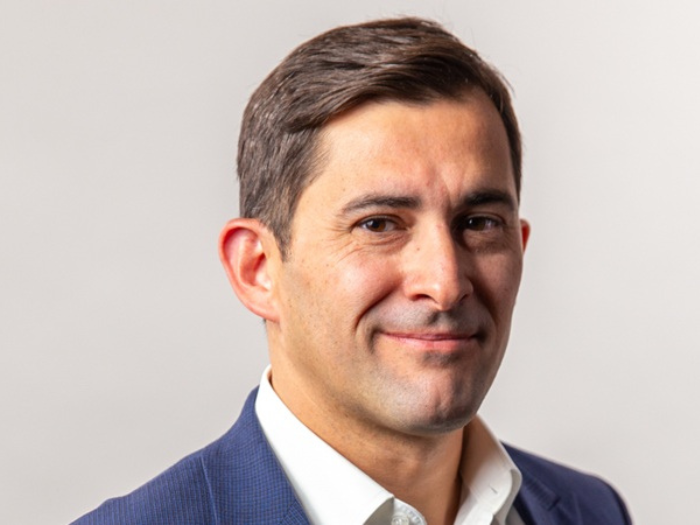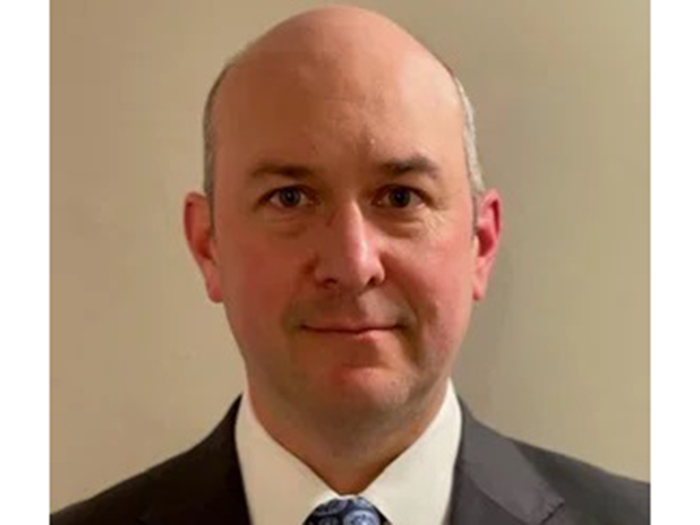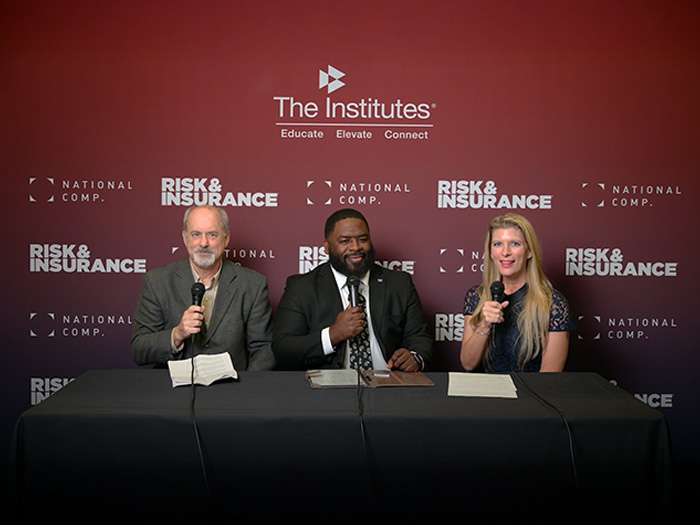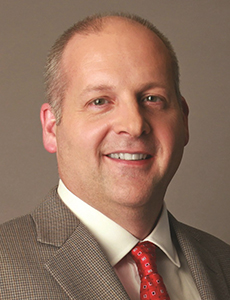Risk Management Partners’ Christof Reinert on the Future of Modeling Climate Risk
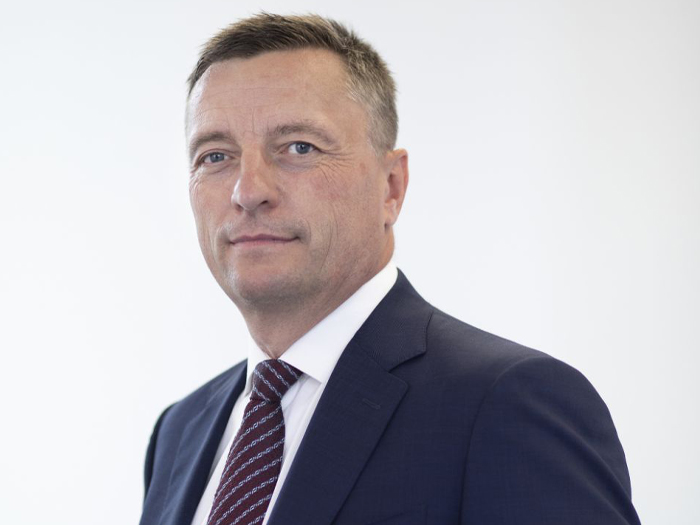
Risk & Insurance® recently had the opportunity to sit down with Christof Reinert, head of Risk Management Partners, a unit of Munich Re that provides risk management solutions to corporate and financial clients. What follows is a transcript of that conversation, edited for length and clarity.
Risk & Insurance: Can you describe what you do in your own words — what’s your number one priority right now?
Christof Reinert: I’ve been working for Munich Re for a couple of decades in underwriting — single-risk underwriting, treaty underwriting for different regions.
For the last seven years, I’ve been building up Risk Management Partners. Risk Management Partners, basically, was founded to develop a risk view for natural hazards and climate change and make that accessible to external clients.
So it’s a commercial service, and over the years, we’ve built up a strong team of developers and climate risk experts to focus on the market need for this type of service.
R&I: When you talk about climate change, I immediately think of something very future-focused. Any predictions or concerns that you’re keeping your eye on for the near-term future, or even the longer-term future?
CR: Munich Re has a strong view of the current risk of natural catastrophes. And based on that, we are projecting, according to climate modeling, multiple future scenarios. It’s a function of temperature change, of course, but also time horizons, so we are looking into the future until 2100.
And on the one hand, these projections are quite regulatory-driven, or stakeholder-driven. Our customer base is quite interested on the long-term view — specifically, financial institutions and corporates.
So the offering that we are developing is really a projection of what might be possible scenarios, in order to help companies get prepared for the impact of climate change on physical risk.
And if you’re asking me what is the main focus at the moment, it’s really the risk mitigation part — the question of “How can I minimize the impact of climate change?”
R&I: Is that need to prepare specific to the natural catastrophes that will arise from climate change, or are you looking at growing exposures from other causes as well, such as the build-out of new energy infrastructure?
CR: Munich Re’s traditional focus has been on covering peak risks from natural disasters. To ease adaptation to the already inevitable consequences of climate change, and to support climate-friendly technologies such as new energy infrastructure, we’re driving loss mitigation and prevention initiatives and developing innovative risk transfer solutions.
R&I: I’m curious how climate change is impacting underwriting already. How have you seen the insurance industry, and underwriting specifically, adapt to climate change?
CR: At Munich Re, we have always factored the change of risk into our risk modeling. For example, we issued the first warnings about climate change in the 1970s. So it’s a constant process where we’re adjusting the risk view and looking at the impact of climate change and how to take it into account in the modeling process.
What you’re seeing now in the climate change discussion, from an industry perspective, is really more of a mid-term/long-term perspective: insurance affordability, insurance availability, how does it impact your business. When you’re looking at it from a banking perspective — you have to evaluate a mortgage loan portfolio, for example — [it’s a question of] how to consider the impact of climate change as a systemic risk in your risk modeling or how to disclose it in your reporting.
Having said that, of course, the way in which you adapt to climate change has a positive impact from today. What we’re experiencing is that the asset owner is getting more pressure to invest in the defense management or mitigation strategy.
So it has a positive impact, this discussion about climate change, because everybody is now thinking about how to mitigate once we have identified the risk. From a risk-bearing perspective, that’s a positive trend.
R&I: What types of events or data are you looking at when you’re modeling? Can you give me a sense of the scope of the models that you’re describing?
CR: We bundle our commercial offering through Location Risk Intelligence — that’s a SaaS platform where we have different data models available. First, from a current and projected future point of view, we are using the acute physical risks arising from hurricanes, floods, storm surges, severe convective storms.
In addition, we are focusing on chronic risks where we are offering additional risk parameters like precipitation stress index, heat stress index, drought stress index etc. There are hundreds of underlying parameters that our clients can use in their risk analysis or due diligence process.
R&I: My understanding is that we’ve seen quite a bit of improvement in Nat CAT modeling when it comes to hurricanes and even wildfires, and attention is now moving to more secondary perils like severe convective storms and flooding, which have so far been more difficult to pinpoint. How would you characterize the changes that you’ve seen in this space — the evolution that’s happened and where you expect it to continue?
CR: Secondary or non-peak perils are a challenge for the industry. There is a strong need to improve the assessment of these risks. Let’s take wildfire as an example. In the past, it was modeled very roughly. Now, the quality of risk identification, particularly in the wildland-urban interface areas, is much better. There’s more attention to the impact of the quality of construction or the materials used. As a result, wildfire modeling has improved.
The increase of severe convective storms and flood-related losses is a challenge for the industry. We’re seeing a change in both frequency and severity. This has a significant impact on the insurance industry, so the industry is now focusing on improving these models in order to get better predictions of frequency and severity. It’s an ongoing process.
R&I: When it comes to severe convective storms’ risk to energy, I especially think of solar farms going up in areas where we’re starting to see increased hail, and where early warning of incoming hail would be especially useful.
CR: Risk identification and mitigation strategies play an important role in the context of climate change. I would compare it to the agricultural sector. They have also identified hail as a risk, and in some regions, they use protective nets to cover vineyards or apple trees. So the industry has to deal with the change in vulnerability, especially for their sensitive infrastructure, and evaluate, what does it cost me and what is the financial impact?
R&I: Where do you see the most room for improvement?
CR: When it comes to assessing climate adaptation, the key questions are going to be, how do we predict the impacts and how can we improve the level of protection?
Do we know what’s happening, where it’s happening? As an example, is the quality of the flood maps good enough? Do we fully understand the mechanism between extent, frequency and severity? I think that is really an area where we still need to work, and where we can still improve.
R&I: What success stories are you seeing?
CR: The growth in demand for our climate services over the past seven years has been impressive. It’s encouraging that companies are regularly assessing and measuring their physical climate risk exposure. They’re starting to understand and develop their mitigation strategies.
Of course, we see different speeds from country to country. But it is a global discussion. Another encouraging thing is that the concept of a transparent view of risk is gaining ground. &





